What is TensorFlow?
TensorFlow is a computer software library that helps people teach computers to learn and understand things. It’s like a toolkit for building and training programs called neural networks. Neural networks are like computer brains that can recognize patterns, so TensorFlow is handy for things like image and speech recognition, making predictions, and solving complex problems. It’s a popular tool in the field of artificial intelligence and machine learning, and it’s used to create smart applications and systems. Think of it as the brains behind many smart technologies you might use every day, like voice assistants or recommendation systems.
How does Object detection work?
- Image Input: The process begins with an image or a frame from a video stream, which may contain multiple objects of interest.
- Feature Extraction: Various features of the image, such as edges, textures, and shapes, are extracted. These features help in distinguishing objects from the background and from each other.
- Region Proposals: The system generates a set of regions, known as region proposals, that are likely to contain objects. There are different methods for this, such as selective search or region proposal networks (RPNs).
- Feature Analysis: Each region proposal is then analyzed in more detail to extract higher-level features. This can include using deep learning models like Convolutional Neural Networks (CNNs) to identify patterns in the image data.
- Classification: After feature extraction, the system classifies the contents of each region proposal. It assigns labels to determine what objects are present within these regions. This typically involves training a model on a labeled dataset so that it can recognize specific objects or classes.
- Bounding Box Regression: In addition to classifying objects, the system also determines the precise location of each object. This is done by adjusting and refining the location of the region proposal through bounding box regression.
- Non-Maximum Suppression: Sometimes, the initial process may detect multiple bounding boxes for the same object. Non-maximum suppression is applied to remove duplicate or redundant detections, keeping only the most accurate ones.
- Output: The final output provides information about the objects found in the image, along with their locations represented by bounding boxes and their corresponding class labels.
Object Detection Using Tensorflow
Object detection using TensorFlow is the process of training a computer to recognize and locate specific objects in images or videos. Here’s a concise overview:
- Data Collection: Gather a dataset of labeled images containing the objects you want to detect.
- Model Training: Use TensorFlow to create and train a neural network model to recognize and locate the objects.
- Validation: Test the model’s accuracy with new, unseen images.
- Inference: Deploy the trained model to detect objects in real-time by drawing bounding boxes around them.
The TensorFlow Object Counting API is an open-source platform for developing object counting systems based on TensorFlow. The TensorFlow Object Detection API was used to build object detection and classification. Trained color Histogram Features were used to construct object color prediction using OpenCV and the K-Nearest Neighbours Machine Learning Classification Algorithm.
TensorFlow is an open-source software framework that uses data flow graphs to do numerical computations. The graph’s nodes represent mathematical operations, while the graph’s edges represent the multidimensional data arrays that are exchanged between them.
OpenCV is a free software library for computer vision and machine learning. OpenCV was created to offer a standard infrastructure for computer vision applications and to let commercial goods incorporate machine perception more quickly.
All in One
This project includes:
- All objects detect and counting
- Targeted object detection and count
- Vehicle
- Pedestrians
- Animals etc
- Predict the color of all objects and predict the color of targeted object
- Predict the speed of all objects and predict the speed a targeted object
- Save and store the results of counting object
- Count object from both (Images and videos) in real time
- Process new images and videos
Features
- Run in Real Time Environment
- Lightweight
- Well-designed and Scalable framework
Requirement
- Python
- Jupyter notebook
- Matplotlib
- Tensorflow

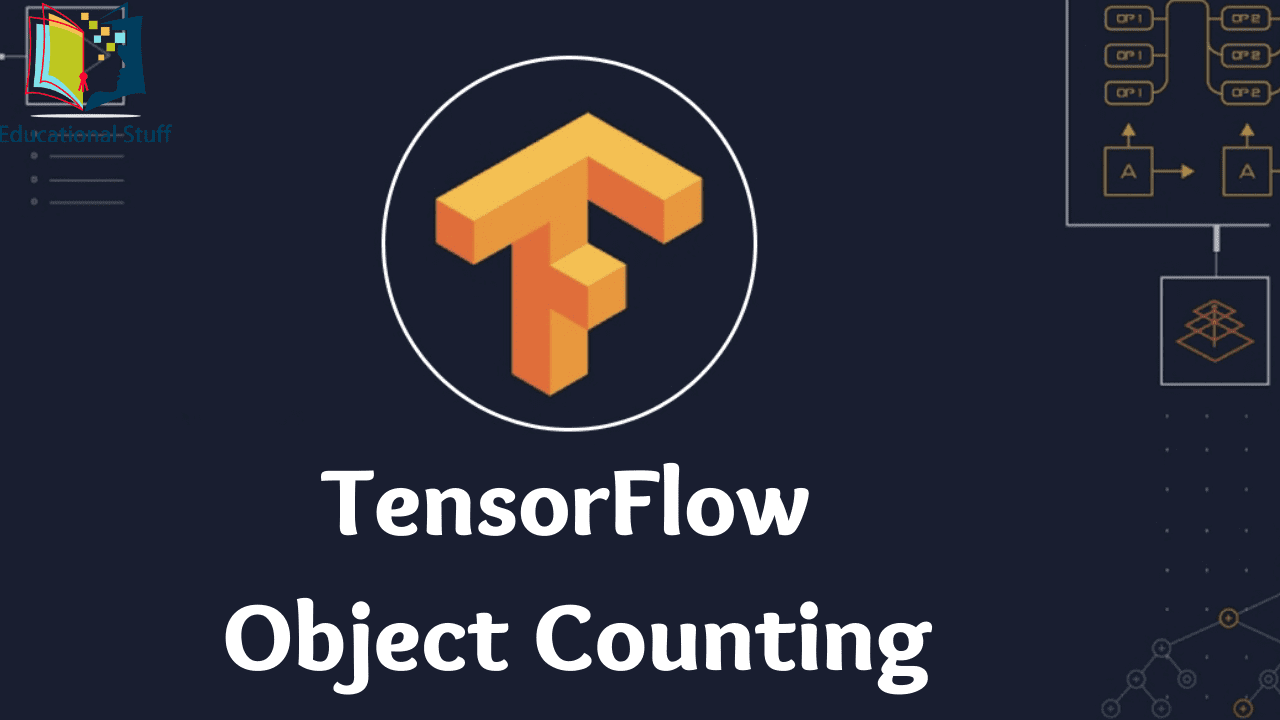

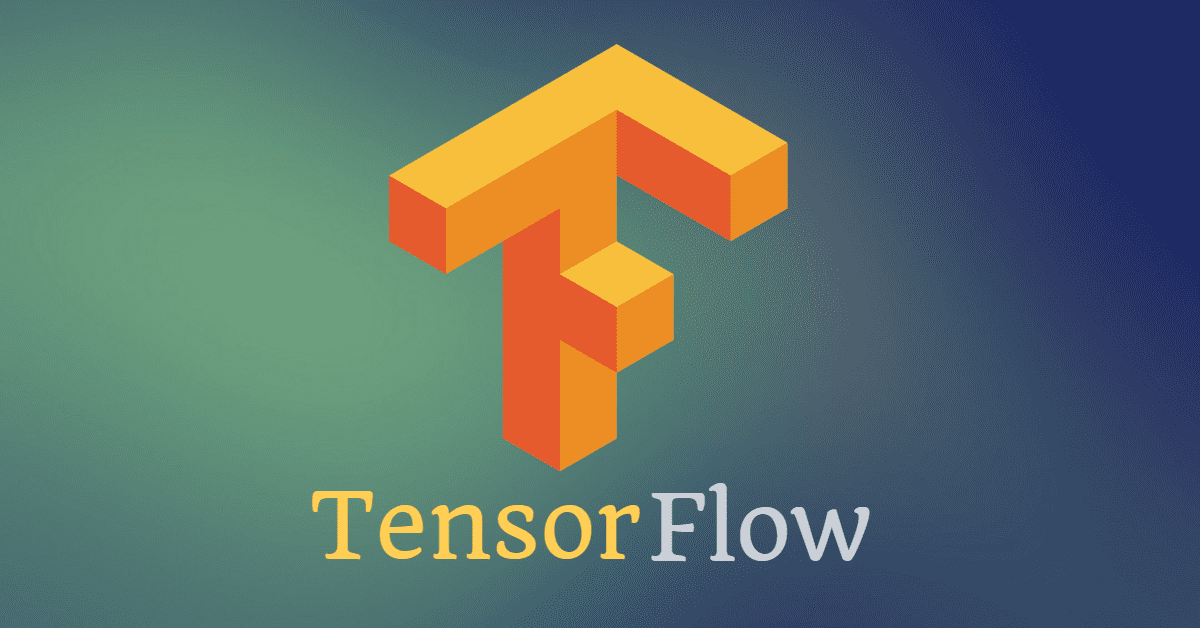
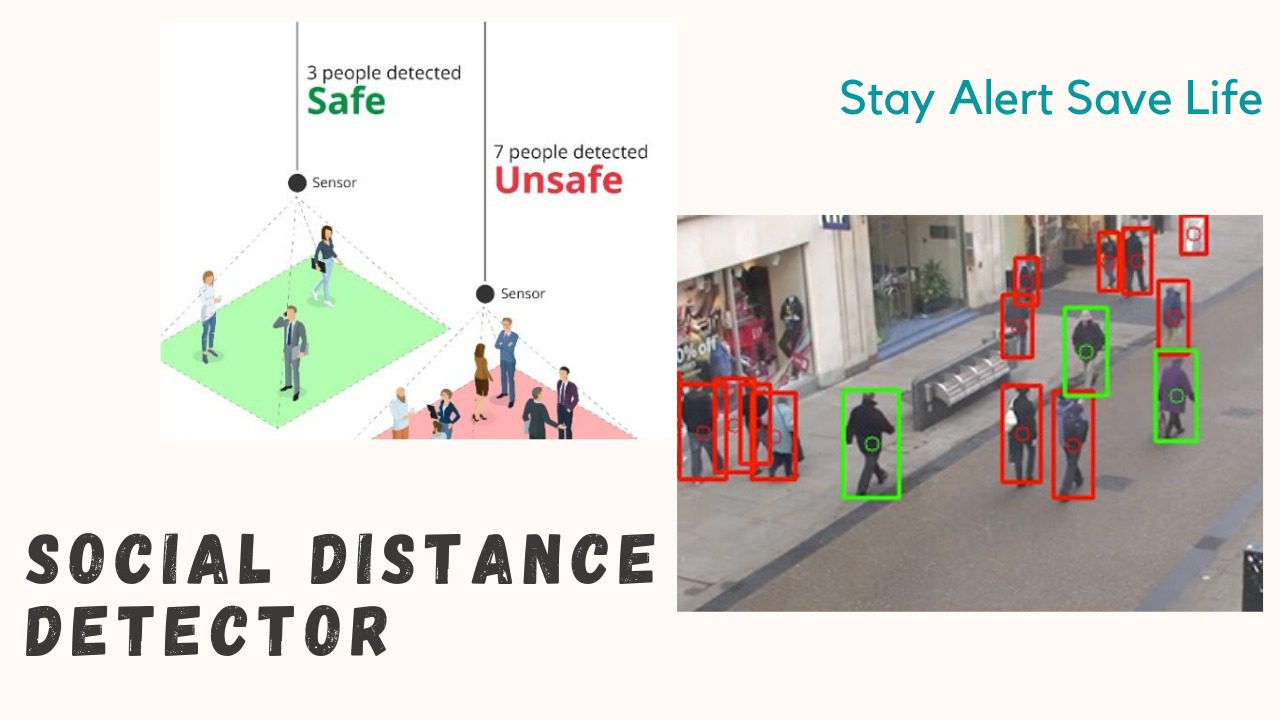
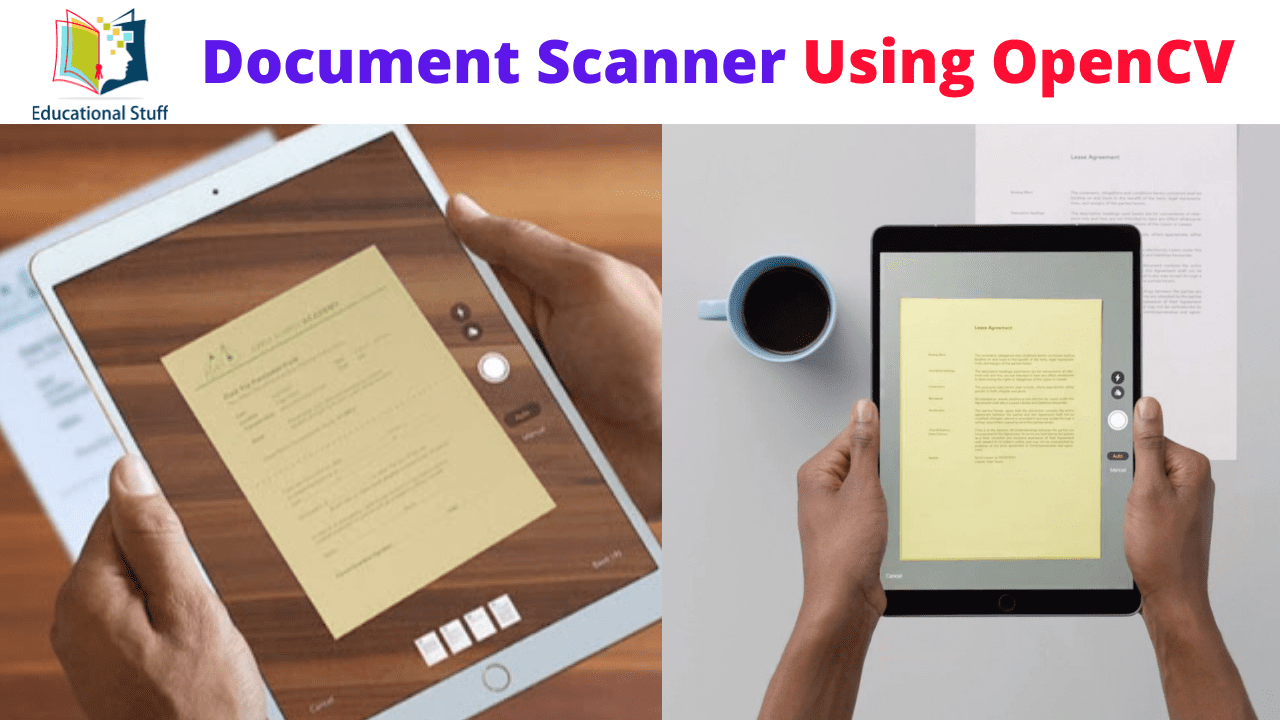
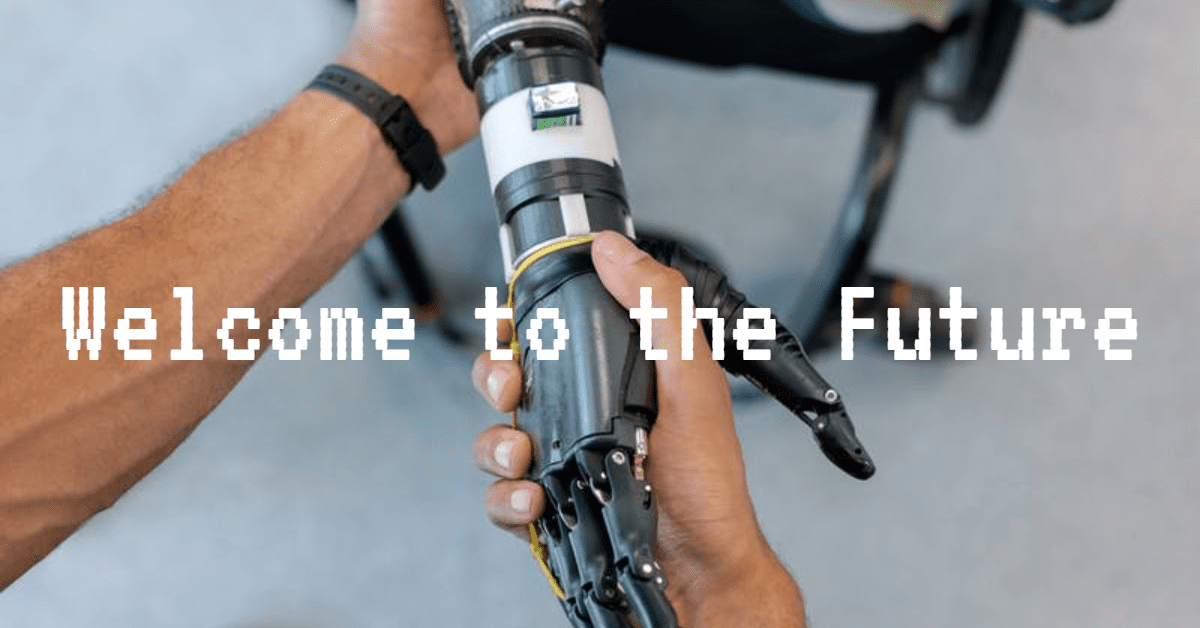

Leave a Comment